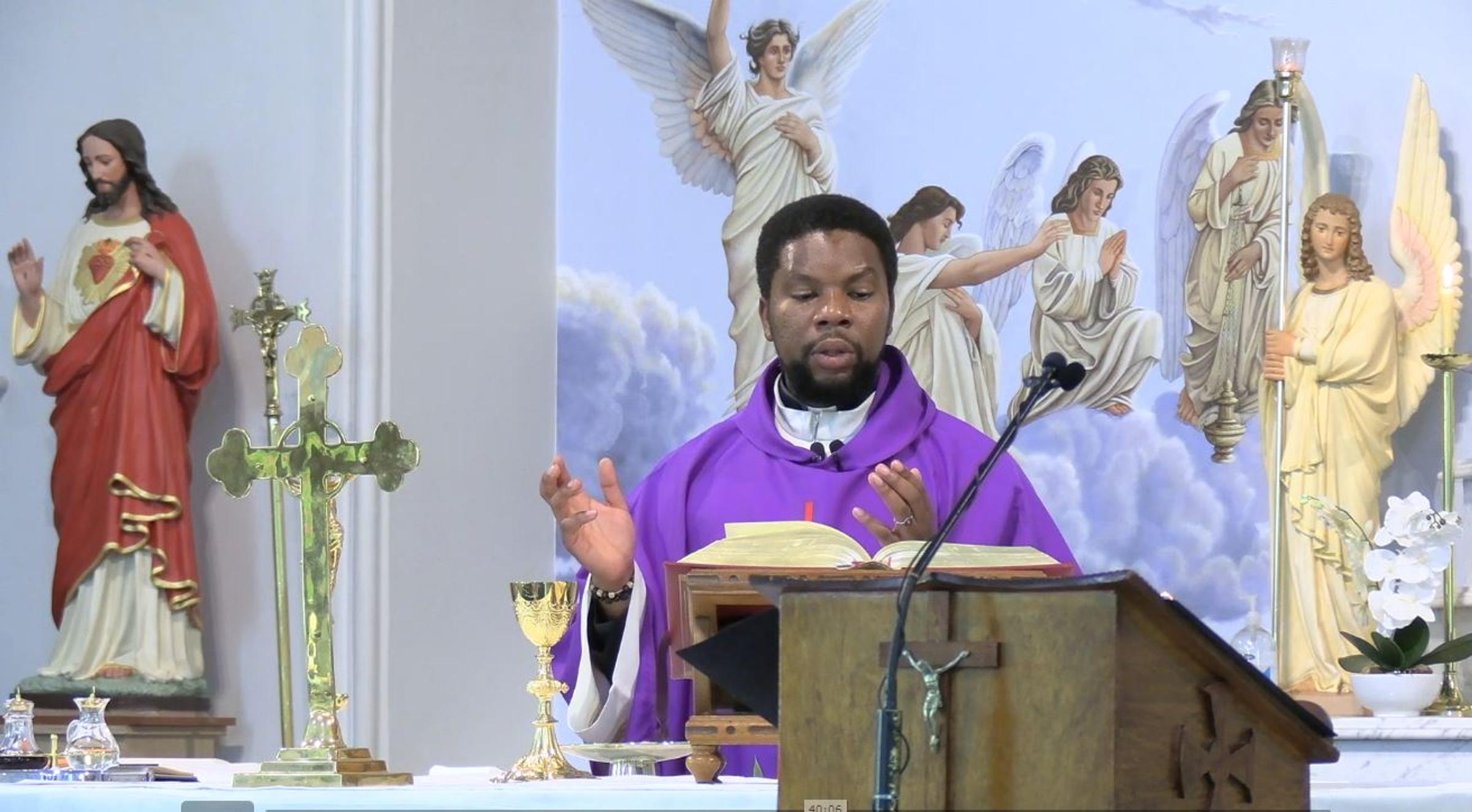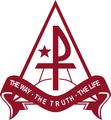College Chaplain

Q&A ON THE EUCHARIST
Dear Friends,
On Sunday 11 June we celebrated the feast of Corpus Christi translated from Latin as the body and blood of Christ. This feast is probably one of the most essential doctrines in the catholic Church that separates us from most Christians.
I thought it better to provide the catechism of the church on this topic for our reading.
(Just an addition, we are now offering Holy Mass on Wednesday’s morning from 8:40 – 9:10 am, which is in line with the quest to offer a holistic training for our student in Marian College. We are encouraged to encourage and help our students make this choice for Christ through the mass).
343. What is the Holy Eucharist?
The Holy Eucharist is a sacrament and a sacrifice. In the Holy Eucharist, under the appearances of bread and wine, the Lord Christ is contained, offered, and received.
(a) The whole Christ is really, truly, and substantially present in the Holy Eucharist. We use the words "really, truly, and substantially" to describe Christ's presence in the Holy Eucharist in order to distinguish Our Lord's teaching from that of mere men who falsely teach that the Holy Eucharist is only a sign or figure of Christ, or that He is present only by His power.
(b) All Christians, with but few minor exceptions, held the true doctrine of the Real Presence from the time of Christ until the Protestant Revolution in the sixteenth century.
(c) The word "Eucharist" means "Thanksgiving."
344. When did Christ institute the Holy Eucharist?
Christ instituted the Holy Eucharist at the Last Supper, the night before He died.
(a) About a year before the Last Supper Our Lord promised to give us the Holy Eucharist. This promise is related in the sixth chapter of the Gospel according to Saint John. The fulfillment of this promise took place at the Last Supper.
345. Who were present when Our Lord instituted the Holy Eucharist?
When Our Lord instituted the Holy Eucharist, the apostles were present.
346. How did Christ institute the Holy Eucharist?
Christ instituted the Holy Eucharist in this way: He took bread, blessed and broke it, and giving it to His apostles, said: "Take and eat; this is My body;" then He took a cup of wine, blessed it, and giving it to them, said: "All of you drink of this; for this is My blood of the new covenant which is being shed for many unto the forgiveness of sins;" finally, He gave His apostles the commission: "Do this in remembrance of Me."
347. What happened when Our Lord said: "This is My body . . . this is My blood"? When Our Lord said, "This is My body," the entire substance of the bread was changed into His body; and when He said, "This is My blood," the entire substance of the wine was changed into His blood.
(a) Christ could not have used clearer, more explicit words than "This is My body." He did not say, "This is a sign of My body," or "This represents My body," but "This is My body." Catholics take Christ at His word because He is the omnipotent God. On His word they know that the Holy Eucharist is the body and blood of Christ.
348. Did anything of the bread and wine remain after their substance had been changed into Our Lord's body and blood?
After the substance of the bread and wine had been changed into Our Lord's body and blood, there remained only the appearances of bread and wine.
(a) Because the appearances of bread and wine remain in the Holy Eucharist, we cannot see Christ with our bodily eyes in this sacrament. We do see Him, however, with the eyes of faith. Our bodily eyes, moreover, do not deceive us when they see the appearances of bread and wine for these appearances really remain after the Consecration of the Mass.
Fr Cyprian
